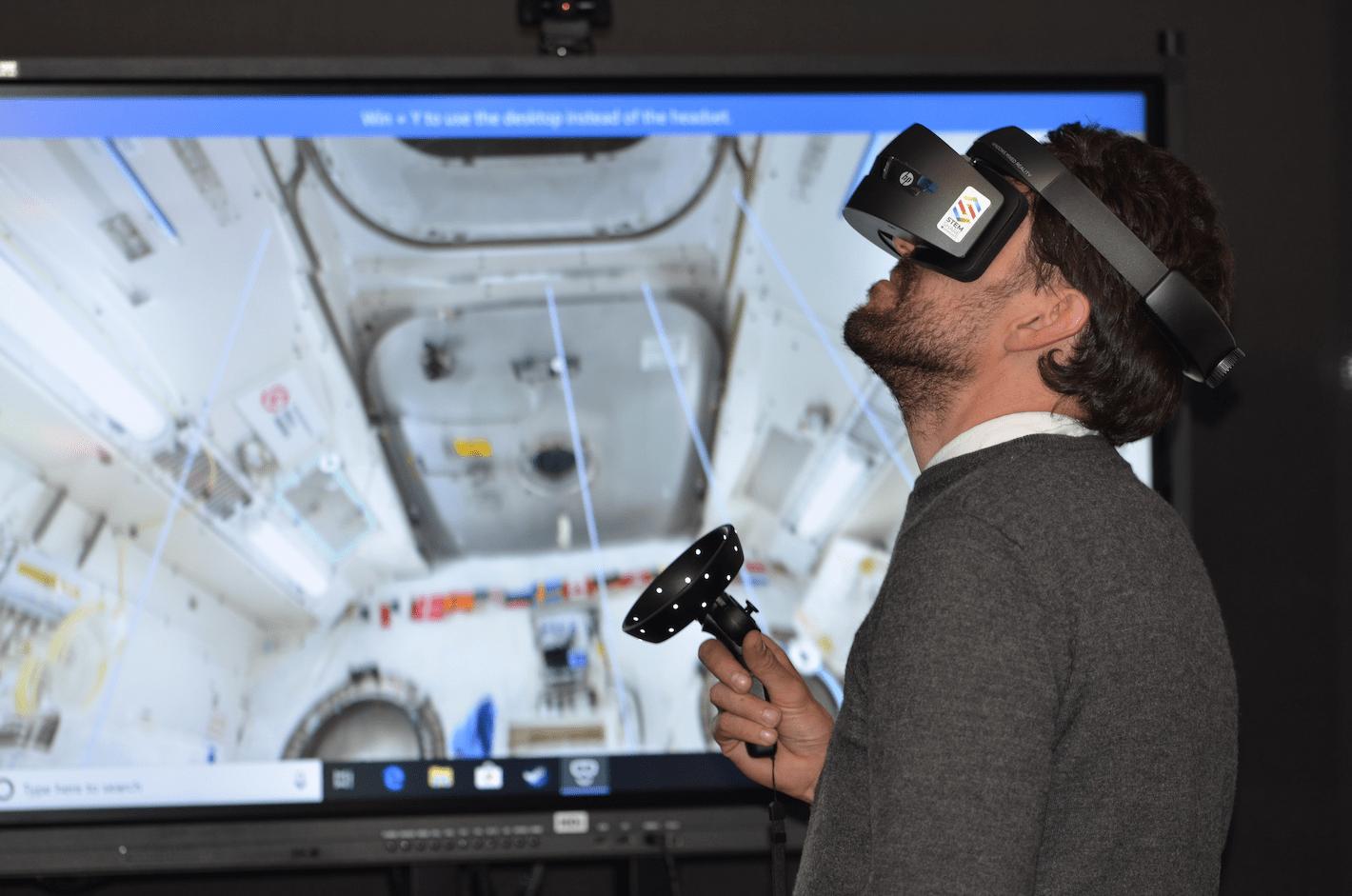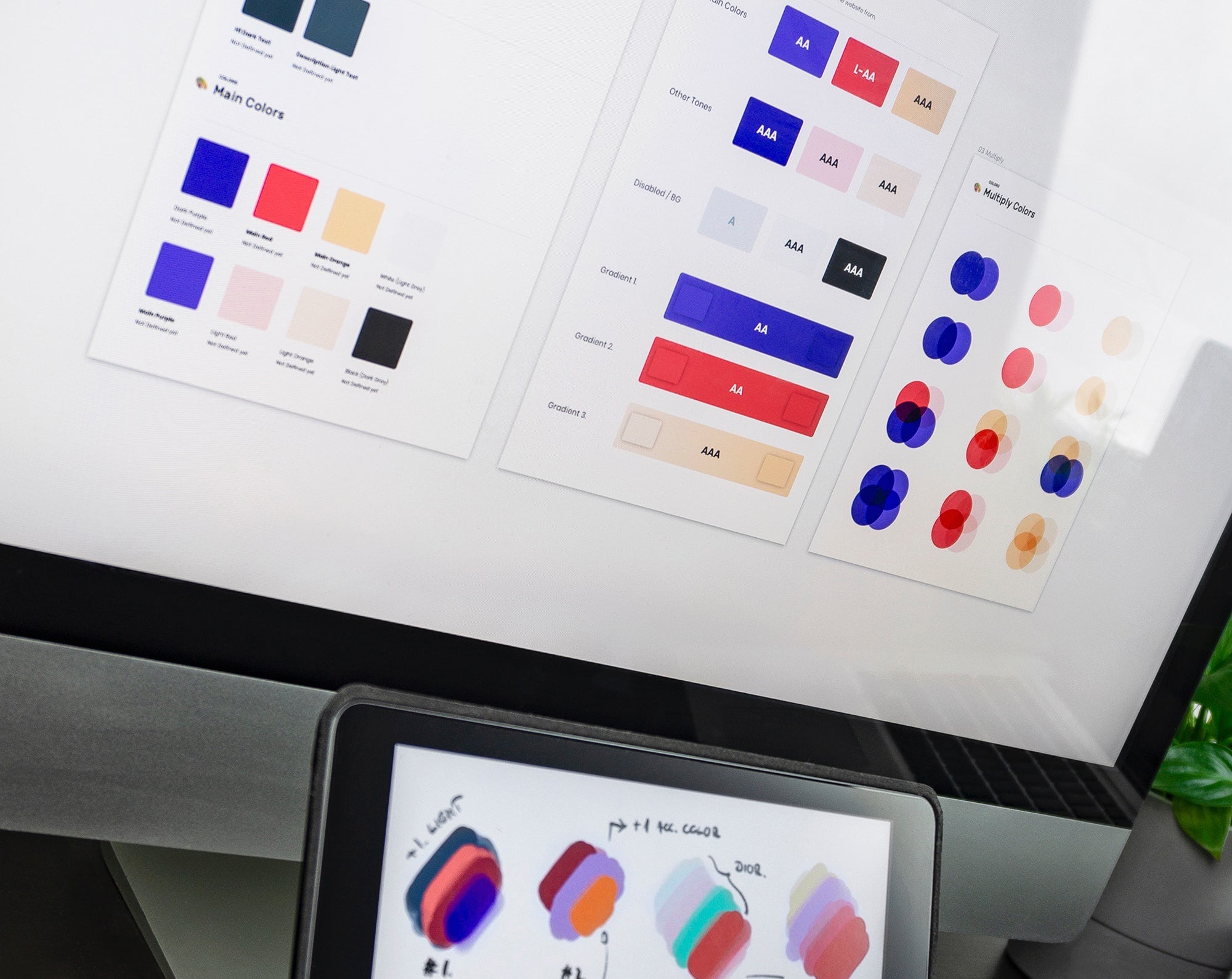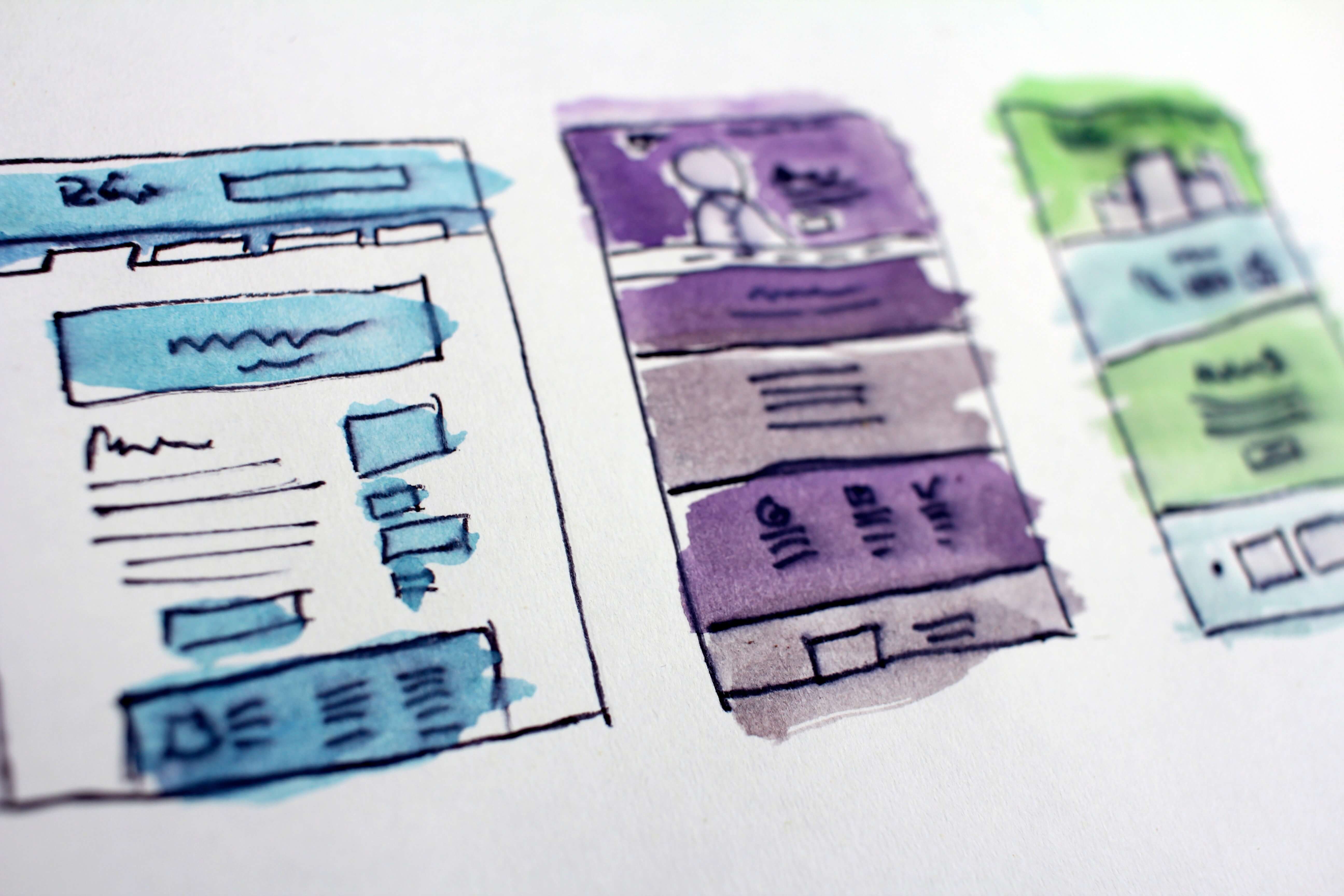Last weekend I dived into the rich marine life at Channel Islands National Park, visited Louvre, and enjoyed the NASA SLS VR Experience. And all that while sitting on my couch.
Virtual reality (VR) and Augmented Reality (AR) are in the spotlight under the COVID-19 pandemic, allowing us to feel a little bit closer to one another and travel without leaving our homes. With restrictions keeping us from moving around or enjoying social gatherings, AR and VR solutions are a serving grace for those who seek alternatives for normality.
Even though the current discussion about Virtual and Augmented Reality display technology focuses on the Coronavirus pandemic, experts within this field have long praised the benefits of using these technologies in industries such as healthcare, education, or entertainment.
Taking into consideration the outstanding benefits offered by VR and AR during the lockdown, it’s high time to explore their true potential, also in the post-pandemic reality.
Before The Pandemic
The story of Virtual and Augmented Reality display technology development and their adoption before the pandemic can be best described as rocky. With commercial and consumer interest constantly changing, AR and VR technologies have never achieved the publicity they deserved.
Of course, there were some jumps in popularity. You probably remember Oculus being all over the media, with gaming youtubers obsessing about it. Or maybe you enjoyed playing Pokémon Go and grew extremely fond of long walks? And what happened with the promise of VR concerts and sporting events?
All these events, no matter how ground-breaking they seemed at the time, failed to take on in the long run. Of course, AR and VR devices were still considered “cool gadgets” but never before managed to take root on a massive scale.
As Graham Roberts, designer and technologist at Google Brand Studio Creative, sums up, “Both AR and VR have undergone their own hype cycles, including early excitement, but then leading to an inevitable ‘trough of disillusionment’, followed by slower growth as the platforms have matured.”
However, finally, the tables have turned. As reported by BusinessWire, the VR market is projected to grow from USD 6.1 billion in 2020 to USD 20.9 billion by 2025, and the AR market is projected to grow from USD 15.3 billion in 2020 to USD 77.0 billion by 2025.
What improvements can we expect? Let’s find out.

Explosion in Popularity
As I previously mentioned, the coronavirus pandemic has unleashed the true potential of Virtual and Augmented Reality display technology. Thrown into the deep end, companies and organisations had to find a way to work in unfavourable conditions and take all the risks to stay afloat and provide the users with their services.
AR and VR were the perfect answer. From healthcare to e-commerce and travelling, AR and VR stepped in to help home-bound people in everyday activities and provide them with much-needed entertainment.
Virtual “try-before-you-buy” experiences, ranging from previewing furniture and accessories in your home with brands like IKEA, to virtually trying on luxury clothes from Gucci, have quickly become an essential technology for both retailers and customers. With shopping centres and shops closed, clients had the chance to try the products before buying them, with a little help from AR technologies.
The same applies to the tourism industry. With reduced mobility and all the restrictions, governments and organisations have turned to virtual and augmented reality technologies to help avid travellers enjoy tours of national parks, museums, and other tourist attractions in major cities. As summarised by Rollin Herold, chief content officer at Visible Things, “Travel seems to be the most natural sector to adopt immersive content, due to the feelings of [fear of missing out] that most travel vendors would like to elicit from potential buyers.”
And one must not underestimate the importance of AR and VR in healthcare. In unpredictable and ever-changing conditions of living in the pandemic, the need for contactless healthcare solutions has grown exponentially. AR and VR solutions have been used to reduce the risk of infection and minimise the need to meet face to face, without compromising on the quality of service.
And that’s only the tip of the iceberg. AR and VR technologies are spreading across different industries and there’s no going back.
Virtual/ Augmented Reality Display: What’s Next
The increasing demand for AR and VR devices and applications in healthcare, rising investments in the market, and growing demand in retail and e-commerce sectors due to COVID-19 are the key factors driving the AR and VR market growth.
However, we can already predict that AR and VR popularity is not going to fade away with the end of the pandemic. Unique opportunities offered by AR and VR tools can still come in handy in the post-pandemic world and provide us with everyday help, as well as extraordinary experiences.




